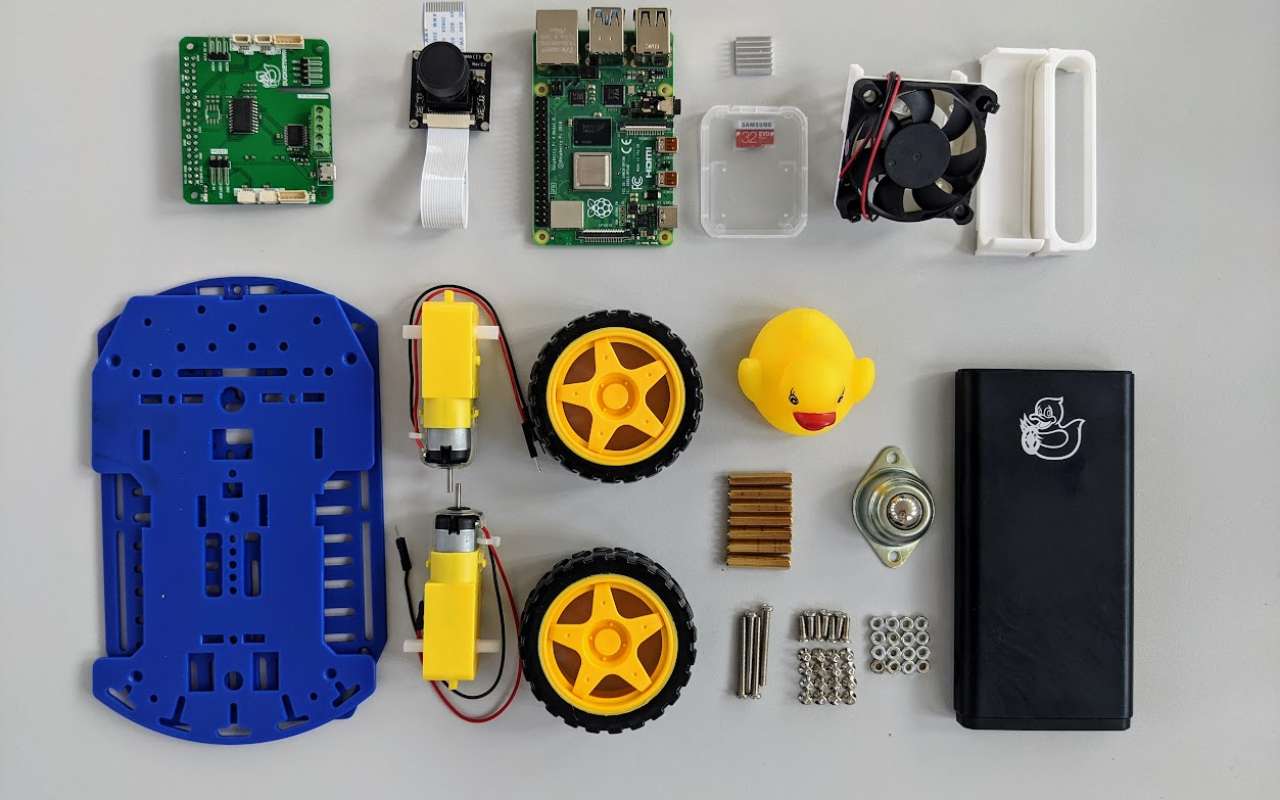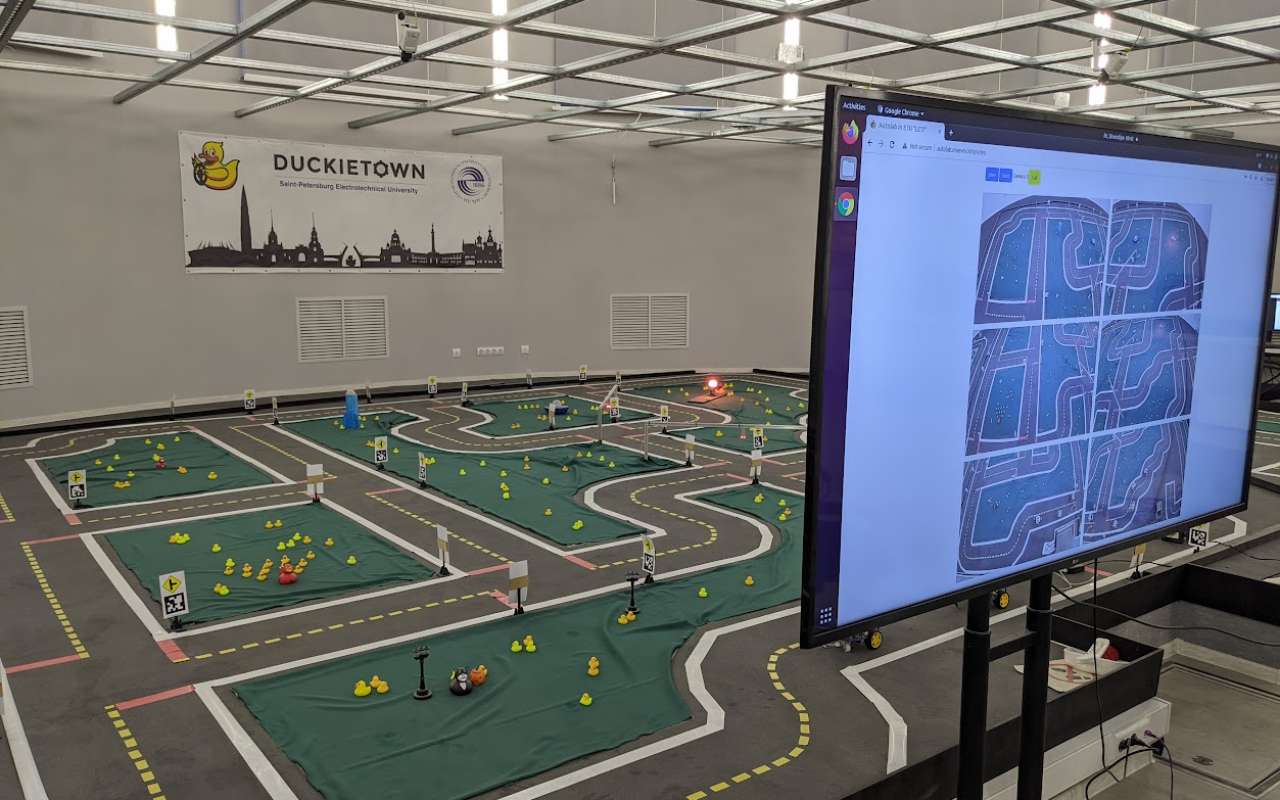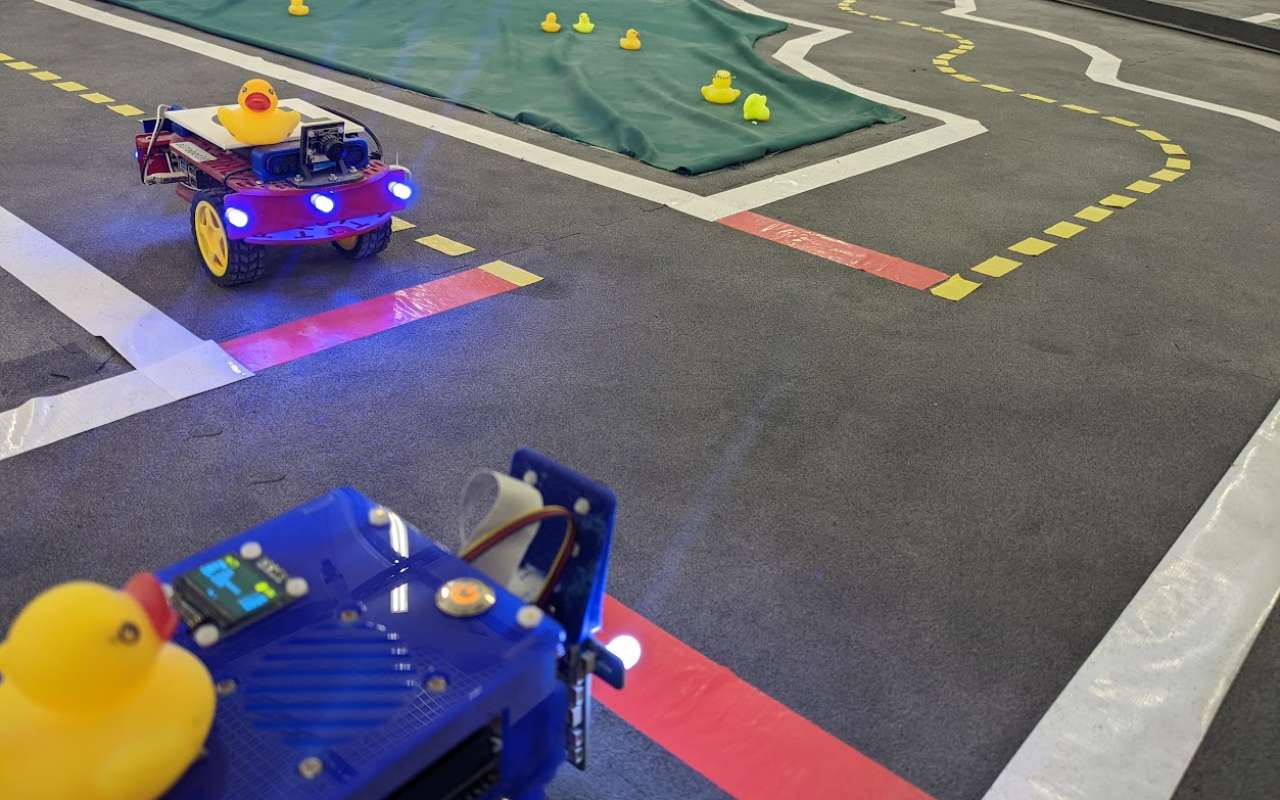Interactive Demonstrations and Masterclasses
Autonomous vehicle technology is a promising and rapidly developing technological field.
Everybody knows about the self-driving cars, but it may seem that research in this area is affordable only for large companies. However, each country has private entrepreneurs and big corporations, which are busy with the task of introducing autonomous transport into the urban environment.
Driverless cars will make taxi services more convenient, optimize cargo transport logistics, and of course, help us to explore other planets.
To surf on this innovation wave and contribute into creating a true Autopilot, it is necessary to understand how it works.
A basic vehicle model can help with this, as it is thousands of times cheaper than full-sized drones, It will not be a disaster if it gets dropped. Of course, it should not be dropped! It is better to study and program it.
The masterclass for schoolchildren and students will teach:
- How to contribute into the autonomous transport development without buying a Toyota Prius.
- What Duckietown robotic system is about and how, using just one camera and a single-board computer, the robot learns to follow the traffic rules.
- How this robotics can be integrated into the educational process.
- And what the duckies have to do with it!
Plan of the Interactive Class
Theoretical Part:
- Presentation of the robot and its main components.
- Overview of the robot's functional abilities and their application.
- Explanation why autonomous vehicles are the transport of the Future.
- Why do we need driverless cars?
- Functionality of small robots.
- Reasons why robots are equipped with cameras only.
- Explanation of the choice of the two-wheeled design for robots.
- Instructions for assembling your own robot.
- Discussion of the tasks that duckiebots can solve and the types of data they work with.
Practical Part:
- Launching the robot operation.
- Explanation of its operation principle.
- Analysis of the data processing algorithm.
- Essential input data for the robot programming.
- Explanation of the GPS technologies at work.
- Discussion of the application of artificial intelligence in robots.
Masterclass results and Testing of acquired knowledge and skills
As a result, learners will
- understand the hardware, which hides "under the hood" of autonomous vehicles,
- explore a "live" model of such a vehicle at work,
- make projections about how and when this technology will be applied in their lives in the future.
Sample check questions to be answered at the final class with Duckietown learners.
- Can people use larger duckiebots in real life?
- What tasks can such robots solve right now?
- What conditions are necessary for the full-scale operation of autonomous vehicles?
- What do people need in order to use autonomous vehicles?
- Do mobile robots give advantages only, or they cause problems?
- What aspects of the mobile system operation algorithm are most challenging?
- Which autonomous vehicle modifications will be in high demand in the future?
Essential equipment for classes
- 2 plug connections for the lecturer’s laptop and a router.
- Screen and projector or a smart TV with large screen for streaming presentations from the lecturer’s laptop.
- Marker board with markers.
Candidate of Technical Sciences, Assistant Professor at the Department of Mathematical Support and Computer Applications of St. Petersburg State Electrotechnical University






